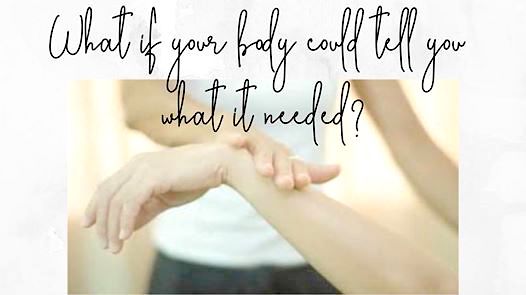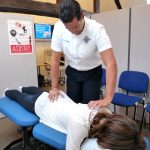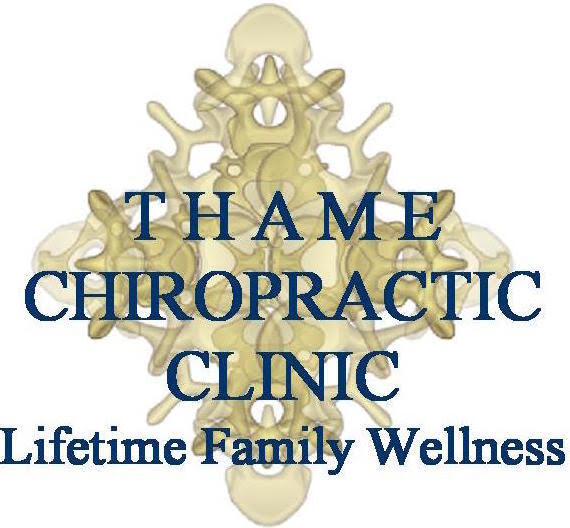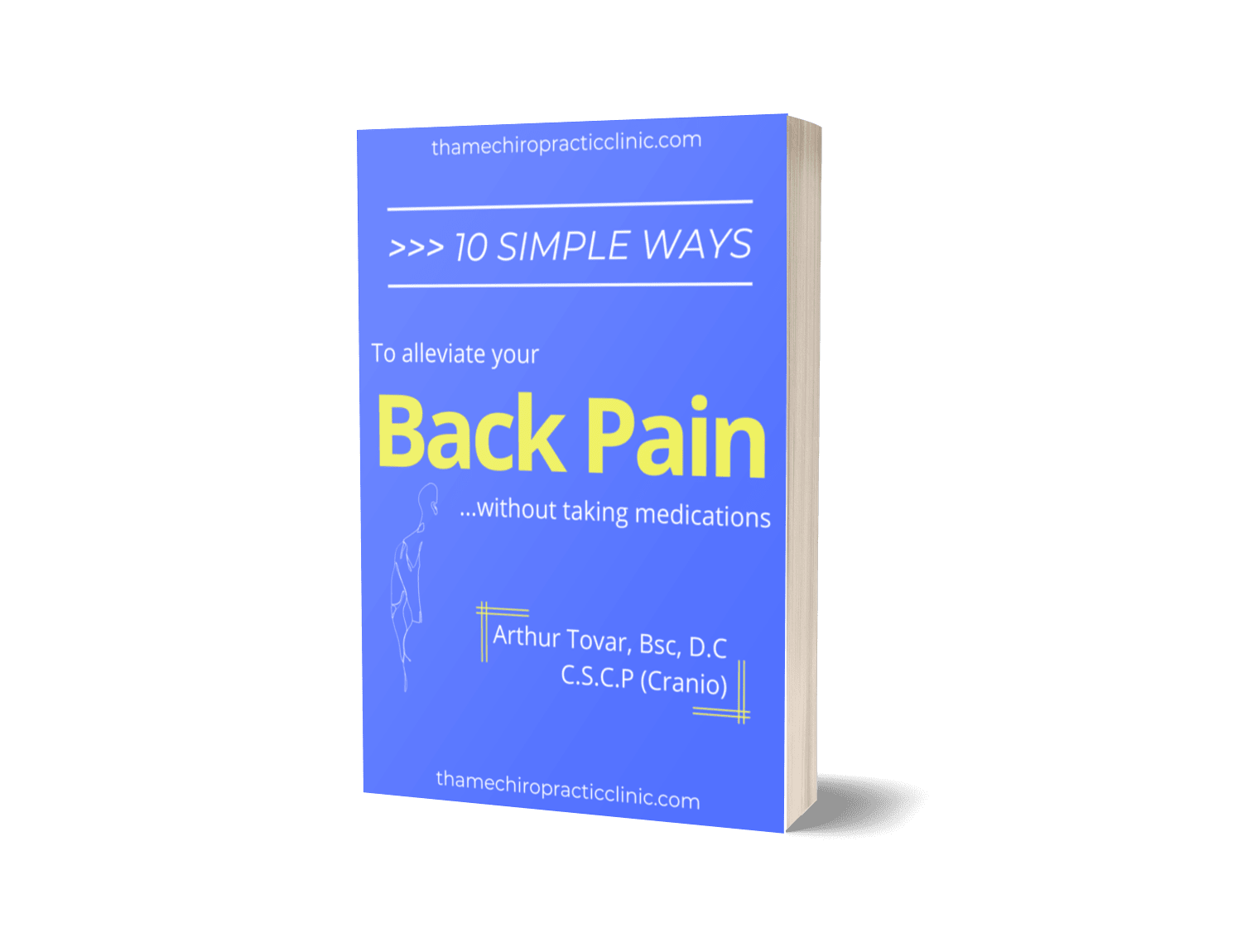“3 reasons why Applied Kinesiology May be the Answer to your Health concerns”
Triad of Health
Health is composed of 3 factors: structural, chemical, and mental factors that should be balanced, forming an equilateral triangle. When a person experiences poor health, one of the three factors of the triad of health is always involved. With severe health problems and chronicity, two or all three of the factors of good health may be contributors. Applied Kinesiology is another Chiropractic Technique. It is designed to find the core of your health issues by using your muscles a s biofeedback mechanism to get the proper answers from your brain and nervous system.
Structural: Those who work with the structural side of the triad of health may include chiropractors, massage therapists, physical therapists, and other bodyworkers. This is a side with which chiropractic has always been involved and is the base of the triangle. Many chiropractors have limited their concentration to the removal of spinal subluxations to improve nerve function. This, of course, has obtained excellent results, and it always will. However, the muscle balancing techniques used by the Applied Kinesiologist can help maintain these chiropractic corrections by turning on the muscles that have been weakened via traumatic events. Many health problems with which the chiropractor and the other therapists must deal with will improve to a higher level when the other two factors of the triad are included.

Chemical: Currently, the chemical factor of health is dominated by “allopaths” such as Medical Doctors. Nutritionists perform an important role in health care by concentrating on the chemical side of the triad. The difference between the two is that the medical profession uses chemicals to control body function, in effect over-riding the body’s own autonomic nervous system. Thus, the allopath attempts to control the other two sides of the triangle with substances such as tranquillisers and antidepressants for the mental aspect, and muscle relaxants, analgesics, and anti-inflammatory drugs for structural disturbances. The use of nutrition is directed toward building tissue by providing the basic raw materials for normal body function. After all, our cells are made up of what we eat and drink…not what drugs we take!
Mental: Mental health care has been dominated by Psychiatrists, Psychologists, and various types of counsellors. Mental health issues often respond with less counselling and fewer drugs when the care is directed towards the other two sides of the triangle. Insight into the patient’s emotional status may be obtained by evaluating the nervous system using Applied Kinesiology manual muscle testing. Mental health problems can sometimes be improved by nutritional and structural corrections, determined by manual muscle testing.
So… what now?
Are your health problems due to structural, chemical, or mental imbalances? With most people, their problems are caused by a combination of at least two or more triggers. For example, are your headaches due to your poor diet, your automobile accident that happened six years ago, or the emotional stress you feel at home? Or are they caused by a combination of all three stressors?
In a holistic setting, there is a strong emphasis on examining all three sides of the triad of health and directing therapeutic efforts toward the basic underlying cause of a problem. Often a health problem starts on one side of the triad and eventually involves all three aspects. It is important to recognise that any one side of the triad can affect the other sides, both as causative factors of health problems and as therapeutic approaches.
Author: Arthur Tovar 30/01/2020
__________________________________________________________________________________________________________________________________________________________________
Applied Kinesiology
Applied Kinesiology (AK) is a diagnostic system where manual muscle testing is used to help the practitioner make the diagnosis. Started in 1964 by Chiropractor Dr George H. Goodheart, AK is widely known as the granddaddy of muscle testing techniques. We primarily use AK as a muscle-balancing technique to restore balance and, hence, enhanced function to the human frame.
Do you ever wonder why you can’t do the things you would like to do?
Things like walking, or running, or jumping? Are you telling your friends you can’t take them up on their offer to play in that softball or volleyball league with them because of that old hip or knee injury, the nagging shoulder pain, or the wrist soreness? Have you told your buddies that the flag football or basketball games are now just a distant memory and that you don’t do that anymore… not because you don’t want to but because you hurt too much afterward?
But, a short anatomy lesson first

There are 650 muscles in the human body. These muscles hold the 200 bones in their proper position (which give us posture) and they move the bones around (which provides movement) like when we walk, run, jump, write, type, cook, talk, etc. Every time we move, our brain calls on a muscle or a combination of muscles to help us move our body or parts of our body.
Some of your muscles are regulated automatically by your nervous system, like your heart muscle. Which pumps blood throughout our bodies, or the diaphragm, which helps us breathe. The rest are moved voluntarily by us telling our brain what we want to do.
These muscles can become weak. I don’t mean “weak” from not using them at all or not exercising regularly because we use our muscles all the time. Did you know that within fifteen minutes of getting out of bed in the morning you have used all 650 muscles!
What I’m talking about are these two types of muscle weaknesses and the causes of muscle weakness:
1) Muscle weakness due to trauma to the muscle itself
2) Muscle weakness due to organ dysfunction
Let’s look at how a muscle may become weakened through muscle trauma, ie. jolts, jars, falls, accidents, etc.
Did you know, in an vehicle accident at 30 miles-per-hour you experience approximately 2,000 pounds of shear force to your head and neck? No wonder they call it “whiplash”! What if you’re going 15 miles-per-hour and hit someone coming straight at you at 15 miles-per-hour? Same thing. The effective speed is still 30 miles-per-hour and the force is the same. Unless you’re Superman or Superwoman, you cannot stop the damage that will occur to your body.
Exercising a muscle that has been damaged via trauma won’t turn it back on. Specific exercises may strengthen muscles around the damaged muscle, but the damaged muscle will continue to stay weak. Ask anybody who has done specific exercises after an injury. As soon as they stop doing them, the problem comes right back. I use Applied Kinesiology to help me find the muscles that have been weakened through trauma…but that’s just the beginning. I also use it to restore normal function of the weak muscle. In other words, I turn the muscle back on!
The body has within it and surrounding it an electrical network or grid, which is pure energy. Because energy runs through the muscles in your body, if anything impacts your electrical system that does not maintain or enhance your body’s balance, your muscles will virtually “short circuit” or weaken (don’t worry, only temporarily). Things that might have an impact on your electrical system are thoughts and emotions, foods, and other substances. Using your muscles, through Applied Kinesiology we can find what events or emotions “weaken” or “strengthen” your body.
What’s exciting about this is that Applied Kinesiology requires no specific exercises, and no weights, pulleys, or rubber bands! What is exciting is the fact that, once a muscle is turned on, it won’t need to be turned on again. It is now working 100%, for life! That is of course unless you injure it again.
Author: Arthur Tovar 18/02/2020

